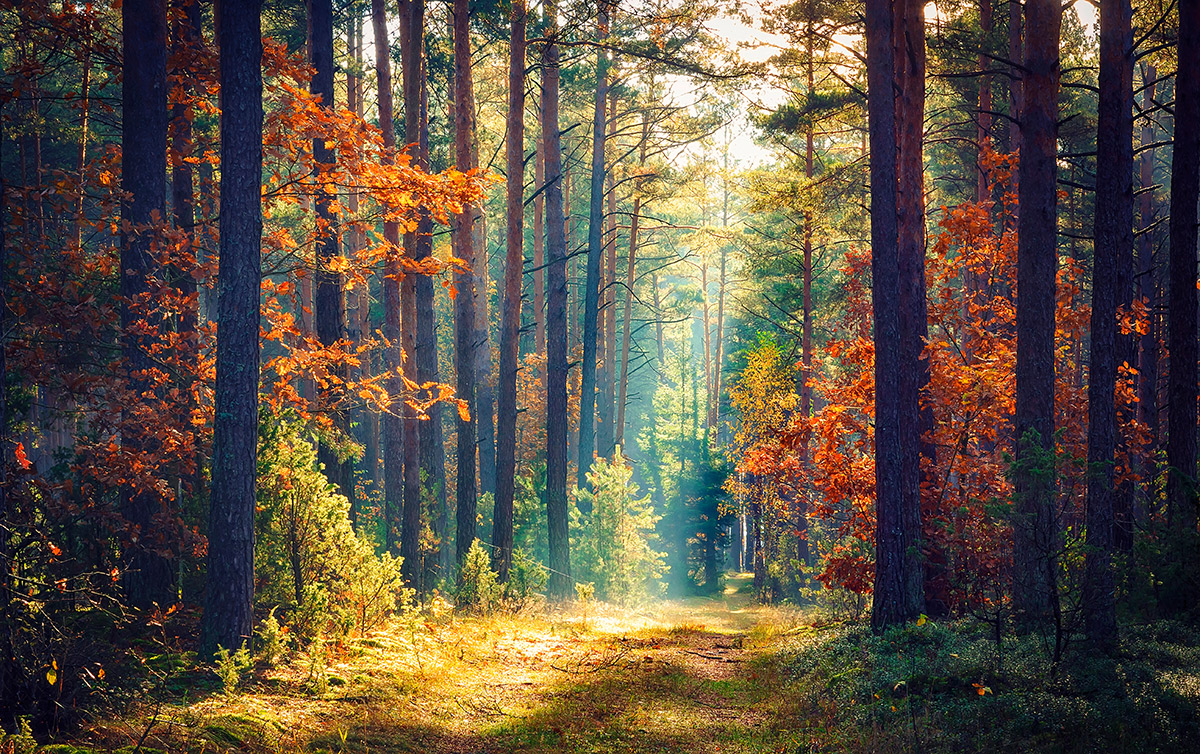Art Bounty
Discover the vibrant world of art and creativity.
Chasing Light: The Secret Life of Landscape Photography
Uncover the hidden artistry of landscape photography and learn how to capture nature's beauty like never before!
The Art of Composition: How to Frame the Perfect Landscape Shot
The art of composition in photography is essential for capturing breathtaking landscape shots. Understanding the balance between elements within your frame can transform an ordinary scene into a stunning visual narrative. Start by applying the rule of thirds: imagine your image divided into nine equal parts by two horizontal and two vertical lines. Positioning key elements along these lines or at their intersections often results in a more engaging and dynamic composition. Additionally, consider leading lines, such as roads or rivers, that naturally draw the viewer's eye into the photograph and guide them through the story you wish to tell.
Incorporate various perspectives to enhance the depth and interest of your landscape images. Experiment with foreground, midground, and background elements to create layers, making your images feel more three-dimensional. Don’t shy away from utilizing the natural environment around you; include unique rocks, trees, or flowers in the foreground to frame your subject. Lastly, remember to pay attention to the lighting and weather conditions, as they play a significant role in the overall mood and color palette of your shot. By mastering these composition techniques, you'll be well on your way to capturing the perfect landscape shot.

Mastering Natural Light: Tips for Stunning Landscape Photography
When it comes to mastering natural light in landscape photography, understanding the different qualities and times of day for lighting can significantly enhance your images. The golden hour, which occurs shortly after sunrise and before sunset, is renowned for its soft, warm light that adds a magical touch to any scene. To make the most of this time, plan your shoots around these hours and scout your locations in advance. Consider using tools like weather apps that predict sunrise and sunset times to ensure you're ready to capture those breathtaking moments.
Another crucial aspect of stunning landscape photography is the direction of light. Backlighting can create a beautiful glow through foliage, while side lighting adds depth and texture to your compositions. To experiment with light, try these techniques:
- Incorporate foreground elements to lead the eye into the frame.
- Use filters, such as polarizers or ND filters, to manage reflections and control exposure.
- Be patient and wait for the right moment; sometimes, the best light appears just before a storm or after rain.
What Equipment Do You Really Need for Landscape Photography?
When venturing into the world of landscape photography, your equipment choice can significantly impact your results. At a minimum, you will need a quality camera that allows for manual settings; a DSLR or mirrorless camera is often recommended. In addition, a sturdy tripod is essential for long exposures and to capture sharp images, especially in low-light conditions. A wide-angle lens is also crucial, as it helps capture the vastness of landscapes. Don't forget to invest in filters such as a polarizer, which reduces glare and enhances colors, and a neutral density filter for those stunning long-exposure shots.
However, beyond the basic gear, consider the importance of accessories that will elevate your landscape photography experience. A remote shutter release can help prevent camera shake during exposure, while extra batteries and memory cards ensure you don't miss out on fleeting moments. Additionally, a weather-resistant bag will protect your equipment from the elements. As you progress, investing in post-processing software will also allow you to fine-tune your images, but remember that the best shots begin with the right equipment in the field.